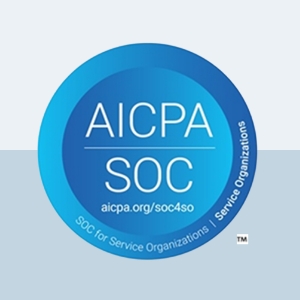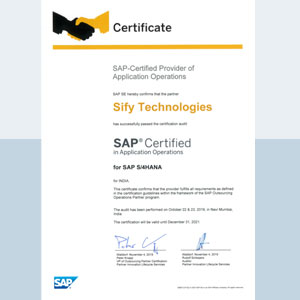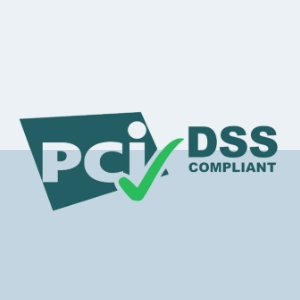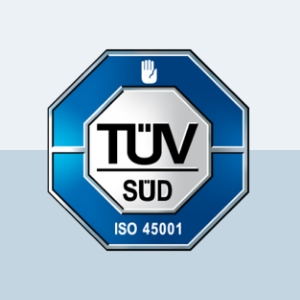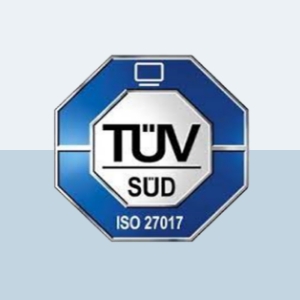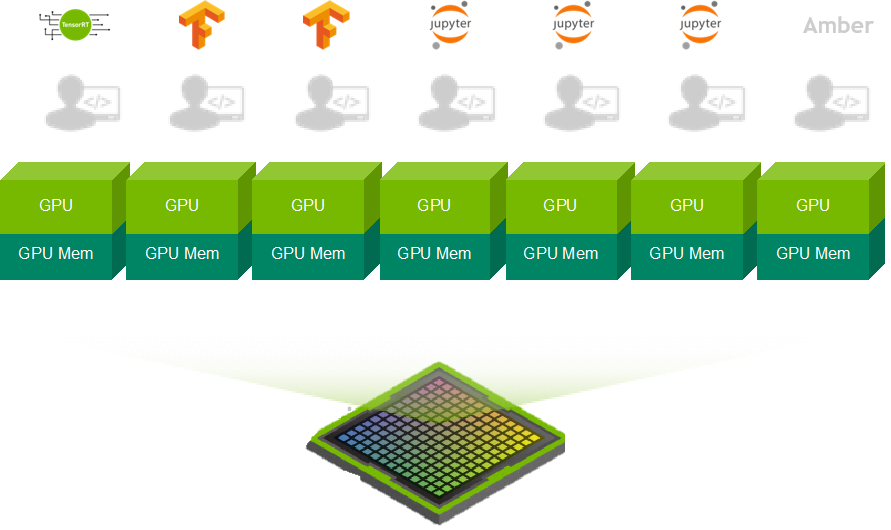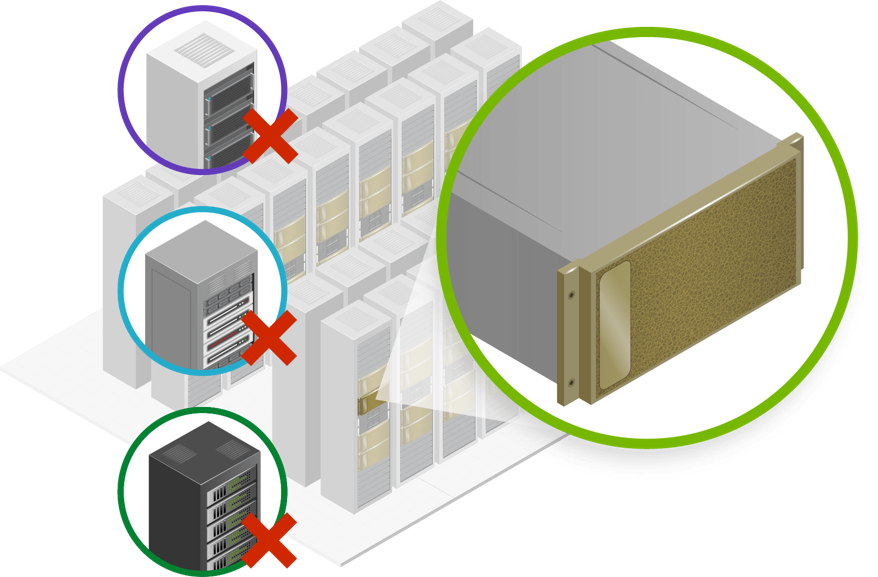AI agents have become an integral part of daily work life, now responsible for a wide range of functions such as customer service, content creation, scheduling, and research. Their deep integration into the fabric of the modern workplace means that these agents are woven seamlessly into established routines, which significantly enhances their effectiveness and impact.
Bots Versus AI Agents: Understanding the Distinction
Two questions frequently arise regarding these technologies: firstly, considering that bots and web bots have existed for some time, what accounts for the current excitement around AI agents? Secondly, are AI agents and bots essentially the same? The answer is clear—no, they are not the same. This distinction is one of the primary reasons why AI agents are currently receiving heightened attention and media coverage.
To clarify, a bot is a straightforward programme designed to follow a fixed set of rules to accomplish specific tasks. Its operation is limited to executing predefined instructions without deviation. In contrast, an AI agent is autonomous and goal-oriented, capable of learning from experience and adapting its behaviour accordingly. Where bots simply carry out instructions, AI agents are able to help reason, make decisions, and take actions that help them achieve defined objectives.
What Are Agentic AI Agents and What Purpose Do They Serve?
These questions—what are agentic AI agents are and what they do—often follow naturally from the conversation about the differences between bots and agents. This brief blog aims to provide answers to these questions, offering insight into the evolution of these technologies and a glimpse at what may come next.
Agentic AI Agents help us make decisions, take actions, and pursue goals with minimal human intervention. Unlike traditional AI tools that rely heavily on predefined instructions, agentic AI exhibits a degree of self-direction, adaptability, and contextual awareness. These can plan, reason, and interact with their environment to achieve objectives, often learning and improving over time. Their “agency” refers to their capacity to act independently in pursuit of specific tasks or goals.
In the workplace, we now see agentic AI agents being increasingly integrated into sectors such as finance, healthcare, logistics, and customer service. For example, in financial services, they can autonomously monitor market trends and execute trades, while in healthcare, they assist with diagnostics and patient management. Their ability to operate across complex workflows without constant oversight makes them valuable for improving efficiency, reducing operational costs, and enhancing decision-making.
Agentic AI agents are poised to continue to reshape the nature of work by enabling more strategic, creative, and high-value roles for humans. As businesses adopt these technologies, they are coming more to grips with how to balance innovation with responsibility, ensuring that AI enhances—not replaces—human potential. The future workplace will likely be defined by hybrid teams where agentic AI supports dynamic decision-making and continuous improvement.
How did we get here?
Agentic AI and AI Goal-Oriented Autonomy didn’t just appear overnight. Automation and Process Automation have progressed from basic task automation (RPA) to advanced, decision-making that makes Agentic AI systems that are now becoming more commonplace today.
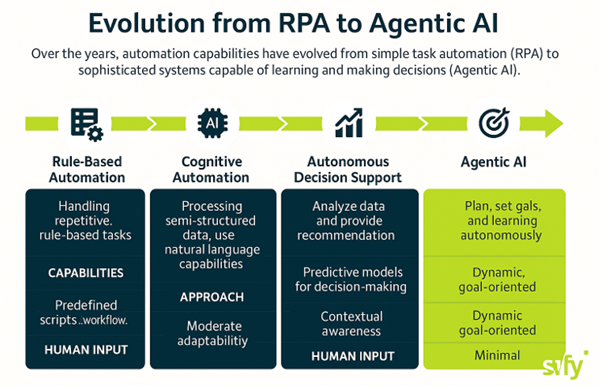
Rule-Based Automation (Early RPA)
The introduction of Robotic Process Automation (RPA) first emerged in the 1990s with early developments in user interface (UI) testing and screen-scraping tools that could mimic human actions to automate tasks. The term “RPA” itself was coined later, in the early 2000s, but the foundational technologies and concepts began in the preceding decade. It focused on automating repetitive, rule-based tasks such as data entry, invoice processing, and report generation. These systems operated on predefined scripts and workflows, offering cost savings and efficiency, but lacked flexibility. In the workplace, this was widely adopted in finance and back-office operations, reducing manual workload but requiring constant human oversight for exceptions.
Cognitive Automation
Next came the ability to integrate AI and machine learning into RPA, creating Intelligent Automation. This allowed systems to handle semi-structured data, perform basic reasoning, and use natural language processing for tasks like document classification or chatbot interactions. Many organisations began using these capabilities in customer service and compliance, enabling more complex processes to be automated while still relying on human intervention for decision-making.
Autonomous Decision Support
A major leap came later with AI-driven decision-making systems, which could analyse large datasets, predict outcomes, and recommend actions. These systems introduced adaptability and contextual awareness, moving beyond static workflows. Sectors such as healthcare and logistics leveraged these tools for predictive analytics, resource optimisation, and risk management, reducing reliance on manual planning.
Agentic AI (Goal-Oriented Autonomy)
The latest development in this automation journey brings us to Agentic AI, which combines autonomy, reasoning, and continuous learning. Unlike traditional automation, agentic AI agents gave us the ability to set sub-goals, plan actions, and adjust strategies dynamically without constant human input. This means AI can manage end-to-end processes—such as supply chain optimisation or personalised financial advice—while collaborating with humans as proactive partners rather than passive tools.
How Big is the Market and Adoption?
Agentic AI is now growing rapidly—enhancing productivity and efficiency across multiple industries.
Snapshot of Market Size
The use of Agentic AI in multiple industries has contributed to significant growth:
- 1Bn (USD) is the projected agentic AI market size for 2025 based on industry forecasts*[1]
- 44% is the expected market growth of Agentic AI by 2030, which would lead to a global market size of 47.1 billion dollars*1
- Europe is seeing CAGR of 5% with growth driven by financial services, healthcare, and retail.
Statista, 2024
Industry Adoption

Sources: Walters Kluwer (2025), Zebracat (2025), Control Hippo (2025), Odin.AI (2024)
The Future of AI Agentic Agents

The future of Agentic AI agents can be viewed as highly transformative, with their value in the workplace set to grow significantly in several ways:
- Agentic AI is on course to move beyond task execution to strategic decision-making, enabling businesses to automate complex workflows end-to-end. This means less time spent on manual oversight and more focus on innovation and growth.
- Unlike static automation, these agents will learn from data and experiences, adapting to changing business environments. In the workplace, this will be critical for sectors like finance, healthcare, and logistics, where regulations and market conditions evolve rapidly.
- Agentic AI will act as proactive partners, not just tools. They will suggest improvements, anticipate risks, and coordinate across teams, creating hybrid work environments where humans focus on creativity and strategic thinking while AI handles operational complexity.
- Looking forward, their value lies in efficiency, resilience, and innovation. They will reduce costs, improve decision accuracy, and unlock new business models—such as personalised services and predictive operations—giving organisations a competitive edge in a global market.
Conclusion
AI agents are now being used to assist human workers rather than replace them. Of the clients that we have already helped on their AI journey, we’ve noticed that teams experience quicker response times, reduced repetitive tasks, and more efficient workload distribution in areas such as customer service, content management, and internal operations.
Adoption rates remain consistent, with these tools being implemented wherever they prove beneficial and adjusted to meet different needs, including research, drafting emails, and scheduling. Rather than causing upheaval, AI agents are smoothly integrating into existing workflows. They are being welcomed where they make sense.
Let’s Talk
If you would like to know more about what Agentic AI Agents could do for your organisation and what a good use case might look like, get in touch with us.
About Sify
Sify is an IT and Digital Services company that was formed in 1995 and Nasdaq listed since 1999. We help over ten thousand clients and partners improve business operational efficiency and deliver excellence globally.
Sify is a trusted IT partner helping healthcare organisations modernise infrastructure, secure data, and unlock innovation. Our services span cloud, security, data management, and AI—tailored for the unique needs of private healthcare companies.
Learn more about our services.
Let’s talk about how modern IT can transform your operations.























